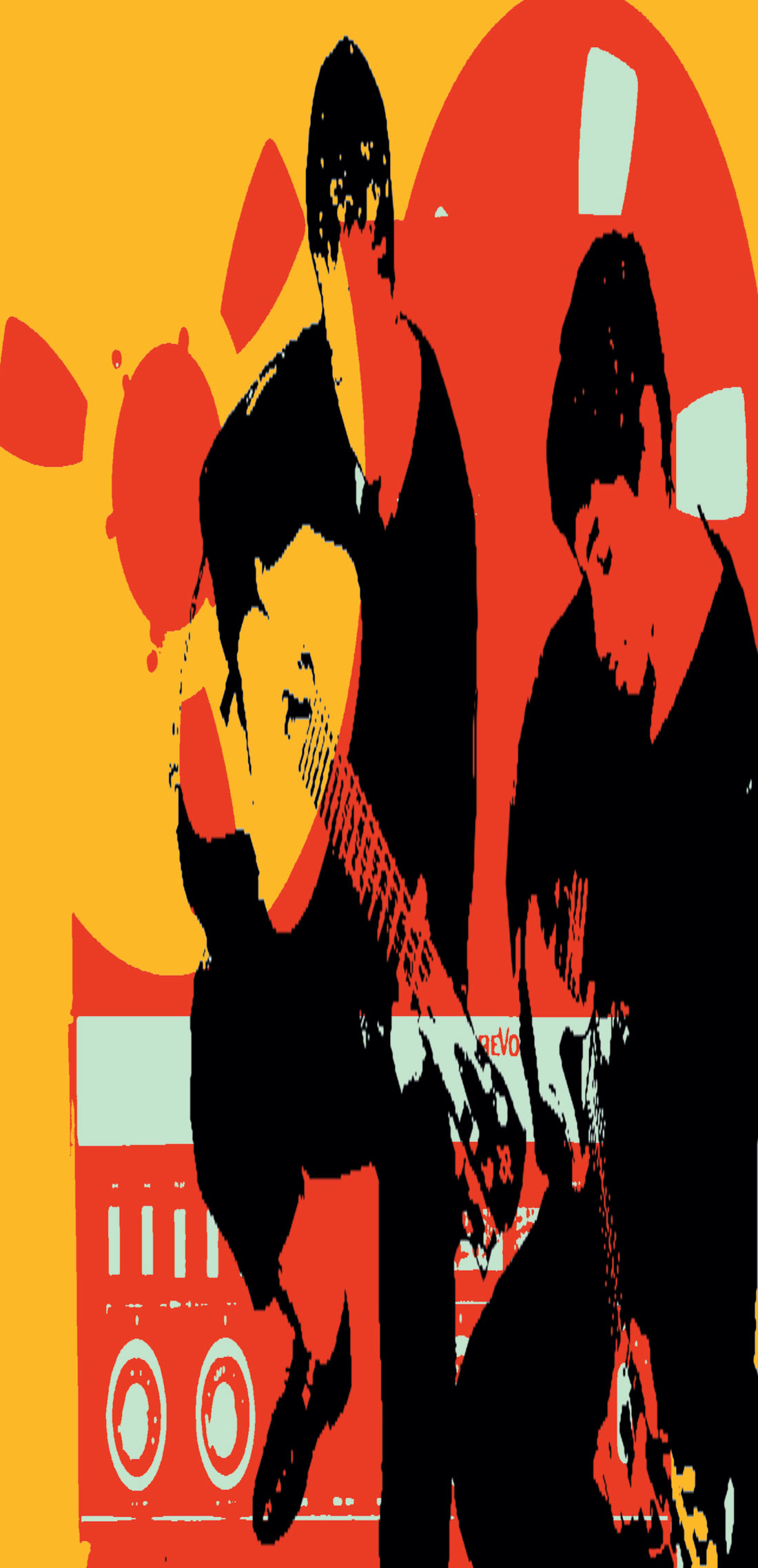This is one very amazing, albeit very specialized, piece of software. It will only run on a Macintosh G4 (using the Mac's Altivec co-processor) and only with Digital Performer (Although a VST and RTAS version is expected soon). Altiverb only does one thing, but it does it amazingly well. It is a sampling reverb like the Sony DRE S777 sampling reverb-the difference is that the Sony box costs $9,000, while Altiverb is $500. Sony also charges for additional reverb impulses while Altiverb gives them away for free on their web site. With all due respect to Sony and their spokesman Bruce Swieden, Altiverb is the sampling reverb for the rest of us. Even if you don't use DP, you could buy Altiverb, a G4 Cube and DP for about 1/3 of what the Sony box costs and have a dedicated sampling reverb. There's not a lot to the Altiverb interface. You can choose between high and low latency modes (forget about doing much else to speak of on the computer in low latency mode), adjust the wet/dry balance and pre-delay, and decrease the impulse sample's decay time. You can also see a JPEG photo of the room sampled and where the mics were placed. Before I go much further, a brief explantion of sampling reverb is in order. In the room you want to sample, a high quality monitor speaker is placed and two or more high quality instrumentation mics are set up. Then, an impulse response is played over the loudspeaker and recorded. The sampling reverb software then removes the impulse response leaving the "sample" of the reverb that other instruments can be played through. Obviously, this is a simplistic explanation and the geniuses at Audio Ease could explain it better, but I think you get the point. In practice, the reverb sounds real and unlike any digital reverb that I've ever heard. It's insanely natural sounding. We have some nice Lexicon reverbs (PCM-91 and PCM-60) but Altiverb is in a whole 'nother realm. In practice (unless you're using it in no latency mode and only using DP as a shell) you'll need to print Altiverb to disc and then "pre-lay" the track to compensate for latency. To help with this, the latency (in samples) is listed for each impulse response preset. Finally, you can make your own samples and it's not that hard! Without going into too much detail, we sampled our studio (The Hangar-www.tapeop.com/john) and it only took an hour or so. You can download our work from the Audio Ease website and check it out. It was eerie how much the sampled reverb sounded like our room. You could also use Altiverb to sample a hardware reverb you like (The word is that in Wendy Carlos' EMT 140 plate reverb will be on the Audio Ease site by the time this is published.) and one user sampled the PA system at a football stadium! Open piano and guitar strings are another sample I want to try when I have the time. If high quality, realistic reverb is something you're after, you owe it to yourself to check out this software. (www.audioease.com)
Software | No. 124
Mixcraft 8 DAW
by Alan Tubbs
SONAR [Tape Op #116] is dead, long live… which DAW? The shutdown of Gibson-owned Cakewalk sent thousands of users looking for a new DAW. It may be that SONAR's demise has been grossly...




_disp_horizontal_bw.jpg)